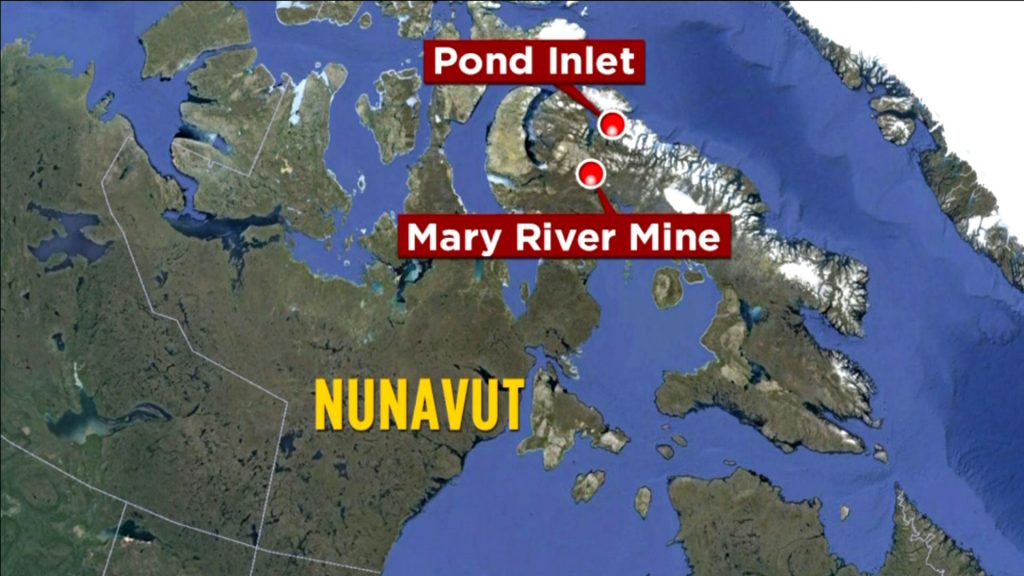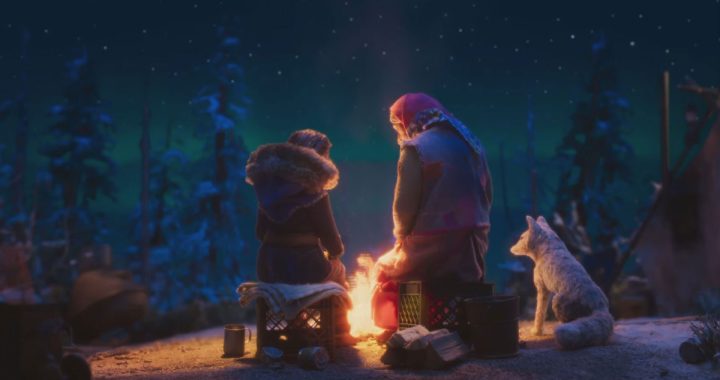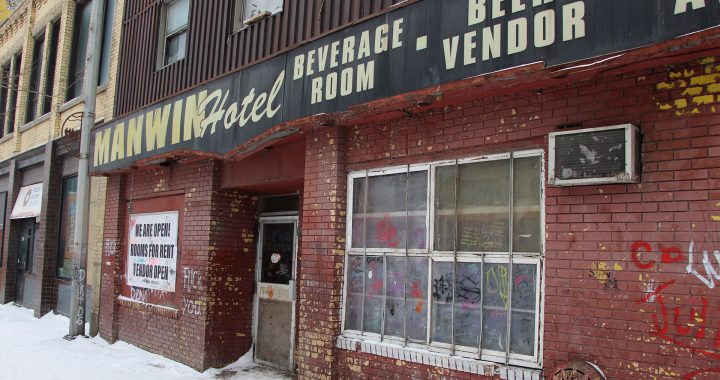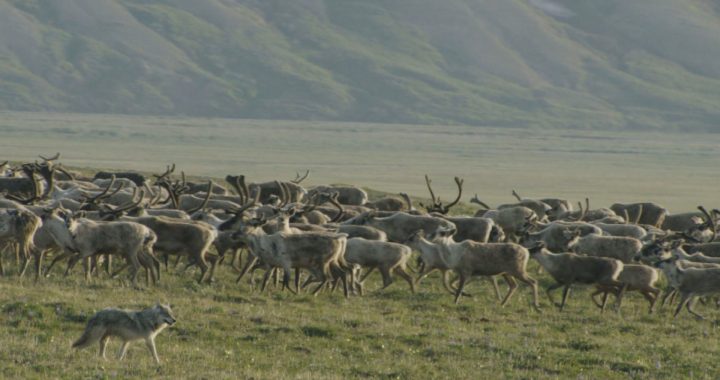
The federal government is siding with the Nunavut Impact Review Board (NIRB) in rejecting the expansion of the Mary River iron ore mine at the northern end of Baffin Island.
“The other responsible ministers (Environment, Fisheries and Oceans, Transport) and I have carefully considered the Board’s Report,” said Dan Vandal, minister of Northern Affairs, “to accept the Board’s recommendation that Phase 2 should not proceed at this time.”
Vandal cited input from “designated Inuit organizations” including trappers and hunters in the decision.
Earlier in 2022, NIRB denied the mine’s operators permission to double production, including turning down a proposal that would see a runway installed to make the ore easier to ship.
Reaction to the announcement has been mixed in communities most affected like Pond Inlet and Arctic Bay.
Many of the residents would have benefited from jobs in their communities. While others worried the mine was hurting wildlife – a point acknowledged by Vandal.
“In support of the Board’s evidentiary findings, they expressed that there remains a consensus of the designated Inuit organizations and Hunters and Trappers Organizations that the significant adverse effects of Phase 2 cannot be adequately prevented, mitigated, or adaptively managed under the proposed mitigations, adaptive management, monitoring programs and/or with revisions to the Terms and Conditions,” wrote Vandal in his decision.
“The other responsible ministers and I are sensitive to the economic significance of both the ongoing Mary River Mine operations and the Phase 2 proposal to the North Baffin Region, and Nunavummiut more generally.
“However, we have taken particular note of the conclusions of the Board, the designated Inuit organizations and the Hunters and Trappers Organizations (given their specific roles outlined in the Nunavut Agreement), who have expressed a lack of confidence that Phase 2, as currently conceived, can proceed without unacceptable impacts.”
The Mary River mine is located between Pond Inlet and Arctic Bay. The company was seeking permission to double its production to 12 million tonnes of iron ore annually.
Overall there are 2,500 total positions and 350 Inuit positions.










